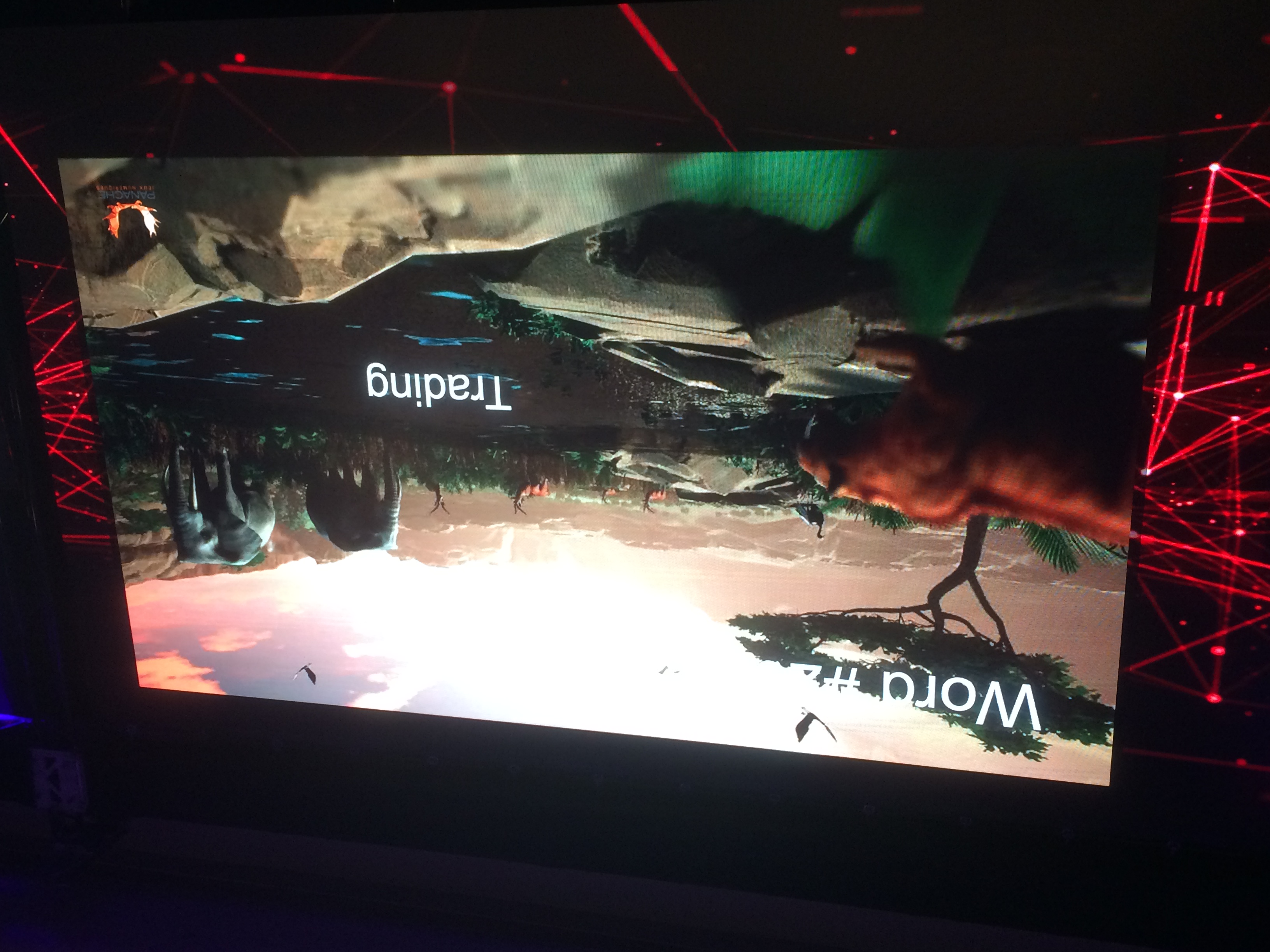

Between 11.6 and 10.6 cal kabp,intensive wildfires reinforced the persistence of open and pioneer vegetation. Archaeological evidence from Early and Late Mesolithic sites of Rottenburg‐Siebenlinden allowed us to link this palaeoecological record with Mesolithic land use in the same catchment. An Early Holocene sediment record from the Ammer Valley palaeo‐wetland in south‐west Germany was studied using pollen, micro‐ and macrocharcoal, and plant macroremains. Few studies have tackled this question by linking high‐resolution multi‐proxy palaeoecological studies from near Mesolithic occupation sites. We analysed promising case studies from the literature with the aim of assessing the potential to extend the study of hunter-gatherer off-site burning into the past.ĭuring the Early Holocene, climate was the major factor causing fires, but whether during the Mesolithic (~11.5–7.4 cal ka BP) people co‐shaped their environment by means of fire remains of debate.

The ‘historical visibility’ of hunter-gatherer burning activities contrasts with the relative ‘invisibility’ of such practices in the current archaeological record, highlighting the difficulty of analyzing past use of fire. We also ranked the quality of the sources. The large number of cases in the database vary widely in geographical location, type of activity and date of observation. Our database includes stated reasons for burning, who effectively participates and the environmental settings of firing activities. We present the first systematic global inventory of extant non-domestic burning practices based on ethnographic and historical texts. By contrast, individual burning practices by recent hunter gatherers Archaeological indications for off-site burning by Pleistocene and early Holocene hunter-gatherers


 0 kommentar(er)
0 kommentar(er)
